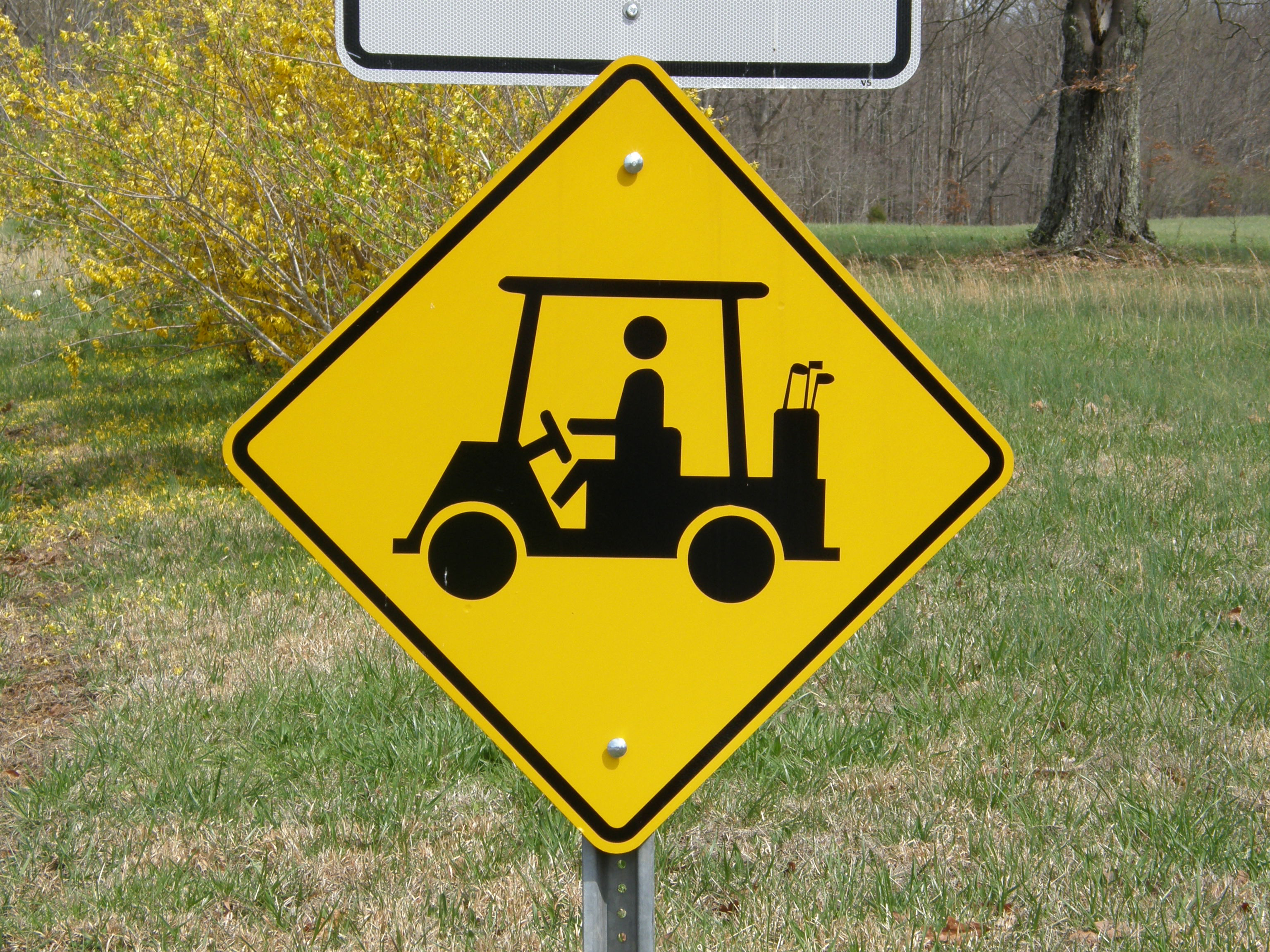Knowledge that "everyone knows" but which is quite wrong, it termed "General ignorance" and is a dangerous component of KM.
 |
| QI stage-set from wikimendia commons |
- How long did the Hundred Years War last? (Answer, 116 years)
- Which country makes Panama hats? (Answer, Equador)
- From which animal do we get catgut? (Answer, horses, sheep or cows)
- Puffinus Puffinus is the scientific name of what bird? (Answer, the Manx Shearwater)
Beware of General Ignorance
Except, in the last case, you don’t. You don’t lose any more heat through your head than you do through any other part of your body. That’s one of the things “everyone knows” wrongly. This is knowledge that is obsolete and needs to be rejected and reinvented. Knowledge has a half-life beyond which it is no longer true, and common knowledge which has exceeded its half life - is beyond its believe-by date - has become general ignorance.
In Knowledge Management, we need to beware of the things that “everyone knows”, and occasionally we need to challenge them. Maybe they are not correct, maybe they have exceeded their believe-by date, maybe the context has changed and the knowledge is out of date.
For example, everyone knows you put the milk in the cup before you add the tea, but people used to do this to sterilise the milk, and all our milk is pasteurized. Similarly someone told me recently that you mustn't pick blackberries near busy roads for fear of lead poisoning, but who uses leaded petrol nowadays?
The ISO Knowledge Management standard requires a competent KM system to pay attention to the life of knowledge, and to have an approach to handle outdated or invalid knowledge, in order to protect the organization from making mistakes or working inefficiently, as a result of using outdated knowledge.
Communities of practice, and practice owners, need to be vigilant for general ignorance, and be prepared to challenge perceived wisdom. Just because "everyone knows" that (for example) that the Canary Islands are named after yellow birds, doesn't make it correct.









